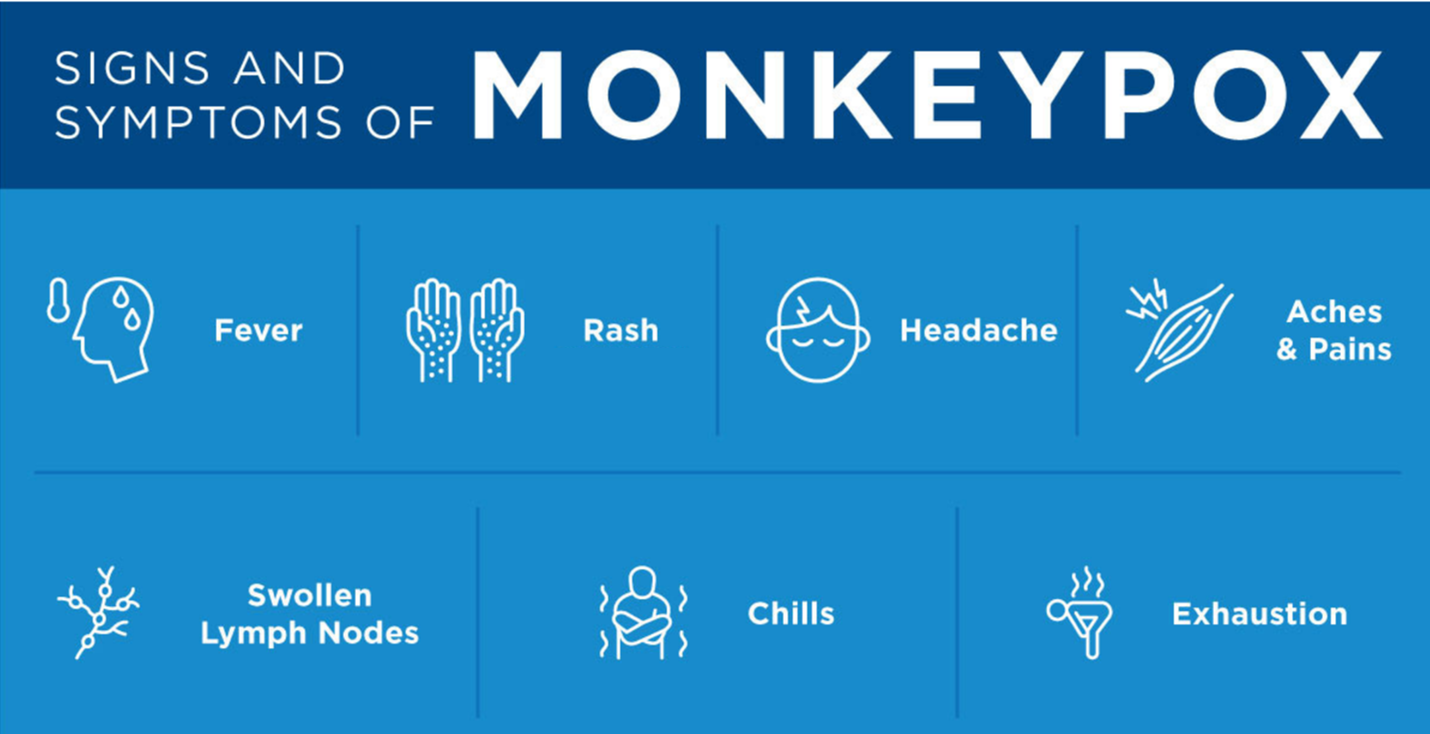Monkeypox, also called MPX, has been making headlines as of late. But, what exactly is Monkeypox? How did it come about, and what does it look like when a person contracts it? We tapped the expertise of Dr. Mark Netoskie, a market medical executive at Cigna, to answer these questions and more.

Monkeypox, also called MPX, has been making headlines as of late. The virus, which is part of the same family of viruses as smallpox, currently has more than 15,000 cases in the United States. The World Health Organization has declared Monkeypox a public health emergency.
 But what exactly is Monkeypox? How did it come about, and what does it look like when a person contracts it? We tapped the expertise of Dr. Mark Netoskie, a market medical executive at Cigna, to answer these questions and more.
But what exactly is Monkeypox? How did it come about, and what does it look like when a person contracts it? We tapped the expertise of Dr. Mark Netoskie, a market medical executive at Cigna, to answer these questions and more.
What is Monkeypox?
MPX is a virus that was discovered in 1958 when outbreaks of a smallpox-like disease was found in monkeys that were kept for research. The first case of Monkeypox in humans came twelve years later in 1970 in the Democratic Republic of the Congo, a time when there were intensified efforts to eliminate smallpox. MPX cases outside of Africa have typically been attributed to international travel and imported animals. No one actually knows for sure how Monkeypox came about, but it is believed that African rodents and monkeys may harbor the virus and infect people.
What are the signs and symptoms of Monkeypox?
The symptoms for Monkeypox are similar to smallpox, just milder. The good news: MPX is rarely fatal. Symptoms of Monkeypox can include:
- Fever
- Headache
- Muscle aches and pains, particularly backache
- Swollen lymph nodes
- Chills
- Exhaustion
- A rash that appears on the face, inside the mouth, as well as on the hands, feet, chest, genitals, or anus.
Some people start with the rash, followed by other symptoms. Others only experience a rash.

How is Monkeypox transmitted?
MPX spreads in different ways. It can spread from person-to-person through direct contact with the infectious rash and its resulting scabs. It can also be spread through body fluids, as well as through face-to-face contact and during intimate physical contact, such as kissing, hugging, or intercourse. Touching items such as clothing or towels that previously touched the infectious rash or body fluids could spread the virus.
Additionally, it is possible for people to get Monkeypox from infected animals, either by being scratched or bitten by the animal or by preparing or eating meat or from an infected animal. It is contagious from the time symptoms start until the rash has fully healed, which can take anywhere from 2-4 weeks. People who do not have symptoms cannot spread the virus to others.
What do I do if I show symptoms of Monkeypox?
People who may have symptoms of Monkeypox should contact their health care provider, even if they have not had contact with someone who has Monkeypox. A person who is sick with Monkeypox should isolate at home. If you have an active rash or other symptoms, you should be in a separate room or area from other family members and pets when possible.
What testing is available for Monkeypox?
Diagnostic testing for Orthopoxviruses (which includes Monkeypox virus) is available at laboratories located throughout the U.S. and abroad.
How can Monkeypox be prevented?
Avoid close, skin to skin contact with anyone that has Monkeypox rash, as well as any bedding or linens they may have used. No close intimate physical contact, either. Wash your hands often with soap and water or use an alcohol-based hand sanitizer.
If you are traveling to Central and West Africa, avoid contact with animals that can spread MPX virus, and avoid sick or dead animals, as well as bedding or other materials they have touched.
Are vaccines available for Monkeypox?
Two vaccines licensed by the U.S. Food and Drug Administration (FDA) are available for preventing Monkeypox infection – JYNNEOS and ACAM2000. Both vaccines are available from the Strategic National Stockpile (SNS) and can be requested in consultation with the CDC.
The CDC recommends that the vaccine be given no later than four days after exposure to prevent onset of the disease. If the vaccine is administered between four to 14 days after the date of exposure, it may not prevent the onset of disease, but could reduce the symptoms.
What treatment is available for Monkeypox?
There are no treatments specifically for MPX. But, since Monkeypox and smallpox are genetically similar, antiviral drugs and vaccines that have been developed to protect against smallpox can be used to prevent and treat the infection.
Antivirals, such as tecovirimat (TPOXX), may be used for people who are more likely to get severely ill, like patients with weakened immune systems. Per the CDC, cidofovir and tecovirimat are included as part of the Strategic National Stockpile and would be distributed by the Federal Government in the event of a severe outbreak.

Get News, Insights, and Inspiration Right to Your Inbox
Subscribe to our monthly newsletter today.